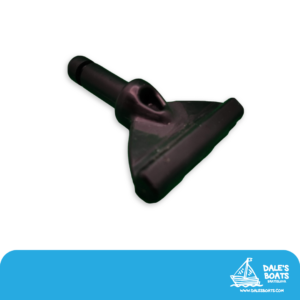How to Avoid Seasickness

Seasickness, also known as motion sickness, is a condition that occurs when the inner ear and the brain receive conflicting signals about the body’s movement. Symptoms include dizziness, nausea, and vomiting. It is caused by the rocking and swaying of a boat or ship, and can also be caused by other forms of travel such as cars, trains, and airplanes. To avoid seasickness, some strategies include:
- Staying on deck and getting fresh air
- Keeping your eyes on the horizon
- Avoiding heavy meals before traveling
- Taking over-the-counter medication such as Dramamine or ginger supplements
- Acupressure wristbands
- Hypnosis or cognitive-behavioral therapy
It is also important to note that some people are more susceptible to motion sickness than others and may need to take extra precautions. If you are prone to motion sickness, it may be helpful to speak with a healthcare provider about preventative measures before your trip.
Acupressure Wristbands
Acupressure wristbands are devices worn on the wrist that apply pressure to the P6 acupressure point, also known as the Nei Guan point. This point is located on the inner wrist, about 2-3 centimeters below the base of the palm. It is believed that applying pressure to this point can help relieve nausea and vomiting caused by motion sickness, pregnancy, chemotherapy, and other conditions. The wristbands typically have a small plastic button or knob that applies pressure to the P6 point. They are easy to use and can be worn discreetly.
The efficacy of acupressure wristbands for motion sickness is still under debate and more research is needed to confirm its benefits. However, some people find them helpful in relieving nausea and vomiting symptoms associated with motion sickness.



